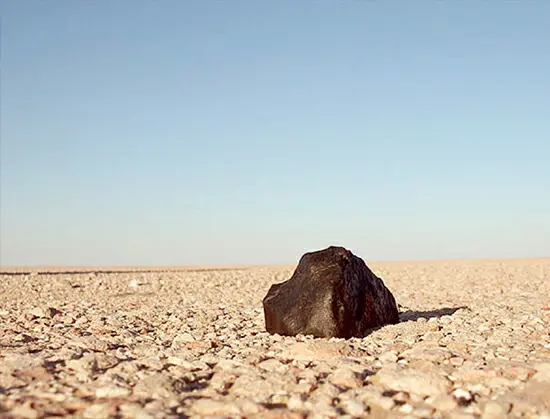For centuries, the concept of rocks falling from the sky seemed absurd, until groundbreaking work in the late 18th and early 19th centuries transformed our understanding. Ernst Chladni, a German physicist, first proposed in 1794 that certain unique, metal-rich rocks, like the Pallas Iron found in Russia, were actually debris from outer space. Initially dismissed, this theory gained credibility through the efforts of French physicist Jean-Baptiste Biot. In 1803, Biot analyzed rocks from a meteor shower in L’Aigle, France, proving they were unlike any terrestrial rocks. This led to the birth of meteoritics, a scientific field dedicated to studying these extraterrestrial visitors.
Today, over 40,000 meteorites have been collected worldwide, offering invaluable insights into the cosmos. The majority are silicate-based with chondrules, believed to be among the earliest materials formed in our solar system and crucial to the formation of asteroids and planets. Others, devoid of chondrules, are remnants of igneous rocks from the Moon, Mars, or large asteroids. A smaller percentage, echoing Chladni and Biot’s early studies, consist of iron or iron-nickel, remnants of the cores of ancient asteroids and planetesimals. Meteorites continue to fascinate, revealing secrets of the solar system’s tumultuous past.

